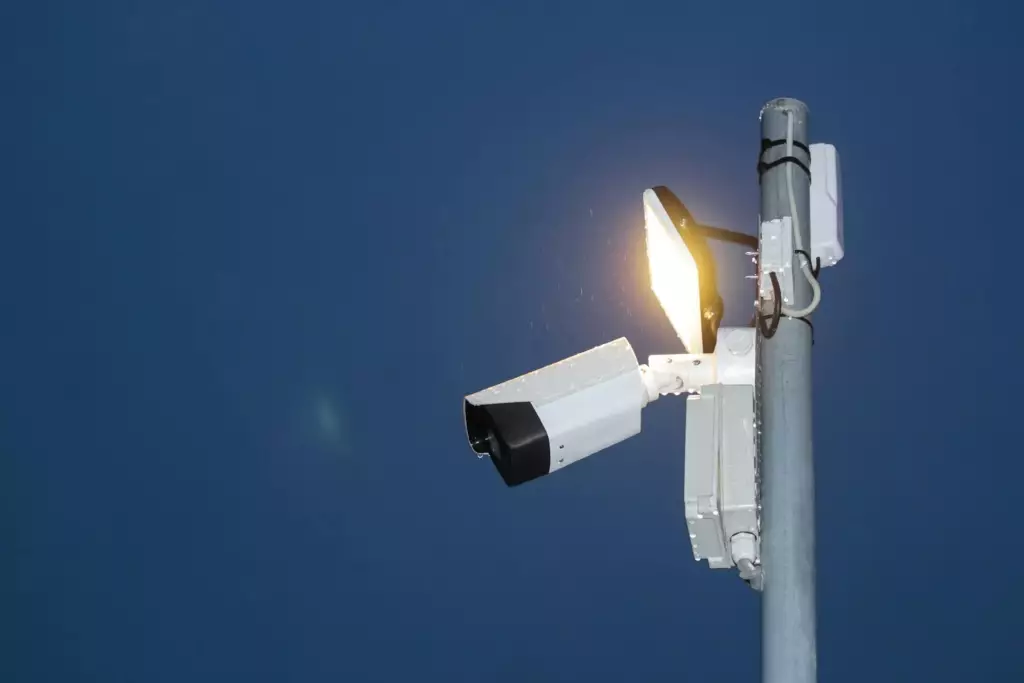Image recognition is a technology that has transformed various aspects of our daily lives, from security to commerce and convenience in everyday life. In this article, we will explore the many applications of image recognition in different sectors, as well as the methods used to implement it.

What is Image Recognition?
Image recognition is a process by which computers identify and analyze objects, people and scenes in digital images. It uses advanced artificial intelligence (AI) algorithms and deep learning to interpret and categorize visual elements. This process relies on the ability of neural networks to learn patterns and features from large data sets.
Applications of Image Recognition in Security
1.- Surveillance and Monitoring
Image recognition is widely used in surveillance and monitoring systems to improve public and private security. Security cameras equipped with this technology can identify suspicious activity, detect intruders and alert authorities in real time. In addition, facial recognition can identify wanted persons or monitor access to restricted areas.
2.- Access Control
In high security environments such as airports and corporate offices, image recognition is used to control access more efficiently and securely. Facial recognition systems can replace ID cards, enabling fast and accurate authentication. This reduces the risk of unauthorized access and improves overall security.
3.- Fraud Detection
In the financial sector, image recognition helps prevent fraud by verifying identities at ATMs and during online transactions. Systems can compare images of identity documents with existing databases to ensure that only authorized users perform transactions.

Applications of Image Recognition in Commerce
1.- Online Shopping
E-commerce platforms use image recognition to enhance the shopping experience. Users can upload photos of products they wish to purchase, and the system will search for similar items in the database. This makes searching easier and allows customers to find exactly what they are looking for faster.
2.- Inventory Management
In the retail industry, image recognition is used to manage inventories efficiently. Systems can scan shelves and automatically detect products that need to be replenished. This reduces human error and ensures that shelves are always full, improving customer satisfaction.
Applications of Image Recognition in Everyday Life
1.- Virtual Assistants
Virtual assistants, such as Siri and Google Assistant, use image recognition to help users perform various tasks. For example, they can identify objects in photos and provide relevant information, such as the species of a plant or the model of a car.
2.- Health Applications
In the healthcare field, image recognition is used to diagnose diseases. Algorithms can analyze medical images, such as X-rays and MRIs, to detect abnormalities and help doctors make accurate diagnoses. This improves the quality of medical care and can save lives.
3.- Autonomous Cars
Autonomous cars rely heavily on image recognition to navigate and avoid obstacles. In-vehicle sensors and cameras continuously analyze the environment to detect other vehicles, pedestrians and traffic signs, ensuring safe and efficient driving.

Image Recognition Methods
1.- Convolutional Neural Networks (CNN)
CNN are the most widely used method in image recognition. These networks are designed to process data in the form of multiple arrays, such as images, and can learn to recognize specific patterns and features by training with large data sets.
2.- Image Segmentation
Image segmentation is a process that divides an image into distinct segments or regions to facilitate its analysis. This is useful in applications such as object detection and facial recognition.
3.- Clustering Algorithms
Clustering algorithms group similar pixels in an image, which helps to identify and classify objects within the image. These algorithms are useful for complex image segmentation and analysis tasks.

Conclusion About Image Recognition
Image recognition is a powerful technology with applications spanning security, commerce and everyday life. From improving surveillance and fraud prevention to transforming online shopping, this technology is changing the way we interact with the world. As it advances, we are likely to see even more innovations and benefits in a variety of fields. The continued evolution of image recognition methods ensures that this technology will continue to play a crucial role in our future.

